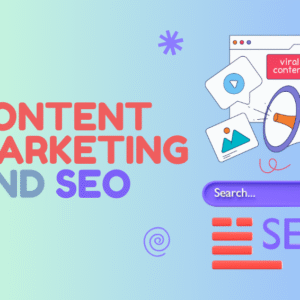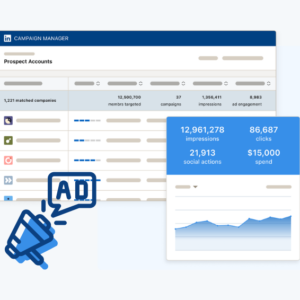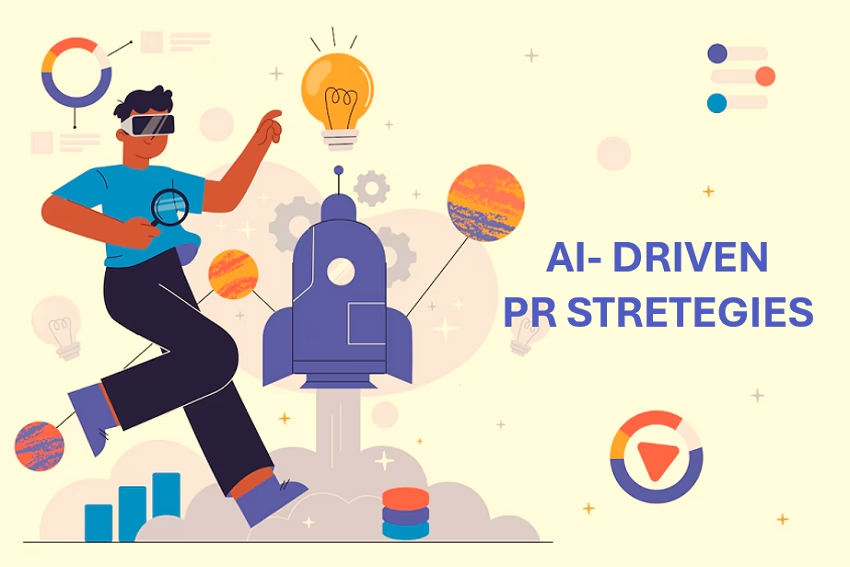It can be challenging to manage all your different types of data if you are running several campaigns in various locations. You can compare outcomes and keep your data in one location with Google Ads Data Hub.
Even the most seasoned business owner will become anxious while creating a Google Ads account from the start because it is so labor-intensive.
The actual management of a Google Ads account is an entirely different beast.
Without the right advice, Google Ads management using Google Ads alone—which doesn’t help with proper campaign structure, bidding strategy, or ad copy optimization—can rapidly become burdensome.
Google Ads Data Hub: An Overview
Google Ads Data Hub was made available to allow companies to manage impression data on Google Ads campaigns. This technology was developed to make accessing marketing data safer and more private.
Google enables advertisers to transparently assess the performance of display advertising in compliance with all privacy standards. User IDs are no longer available for download from DCM and DPM. However, they are still accessible at Ads Data Hub.
In order to provide YouTube marketers with a cloud-based solution for measurement and insight, Google introduced Ads Data Hub (ADH) in 2017. In response to the General Data Protection Regulation, it was developed to serve as a successor for the DoubleClick Data Transfer file (GDPR).
With substantial enhancements, ADH has developed into a privacy-safe query environment, enabling marketers to link data from Google Ads, YouTube Reserve, Display & Video 360, Campaign Manager, and more into BigQuery.
Ads Data Hub also emerges for another reason. Display ads are typically used instead of TV or outdoor advertisements by advertisers. It is an additional media outreach tool rather than a replacement for performance marketing. There are no clear standards for media advertising, unlike TV commercials. Because of this, the advertiser requires a solution that will present the audiences with which he has interacted through display advertising.
Google also produced such a tool. The majority of big advertisers who spend money on media advertising will soon be required to understand the Ads Data Hub.
Who Should Be Using?
Companies that commonly run ads on Google platforms (Campaign Manager, SA360, DV360, Google Ads, YouTube) should consider integrating Ads Data Hub with their Google Platform.
Anyone previously utilizing Google’s Data Transfer Service should migrate to ADH before the deadline in early 2021. For a complete customer picture, companies that rely on CRM or Customer Data Platforms (CDP) should think about connecting this data with Ads Data Hub.
Advertisers may evaluate their data, gain access to insights, and make smarter media buying decisions by using the Ads Data Hub for Marketers.
Reconciliation of Publisher and Advertiser Identity An option for publishers and advertisers to safely and privately reconcile their first-party data for audiences who have visited both an advertiser’s and a publisher’s site is provided by Publisher Advertiser Identity Reconciliation (PAIR).
The amount of time required to generate insights will be decreased via new query templates, automated workflows, and reporting upgrades. Marketers will be able to activate their audience segments on new inventory, such as YouTube, with PAIR deployment.
Working On Google Ads Data Hub
ADH is positioned between Google Marketing Platform, BigQuery, and media attribution (GMP). ADH enables you to import media data from your first-party data sources, including Display & Video 360, Campaign Manager, Google Ads, and YouTube Reserve.
The Ads data hub is majorly built on the architecture of Google BigQuery and Cloud. The structure provides the marketers and advertisers access to crucial data that helps shape the campaigns with the given access from various devices.
Google puts up your ad campaign data into BigQuery. This comprises your device’s mobile IDs, cookies, and anonymized sign-ins in Google. You then enter your personal, non-Google data into BigQuery. These non-Google data may originate from marketing databases or CRM platforms. You can map the data after it has been uploaded and derive precise insights about your efforts.
Let’s consider the case of an online store that wishes to comprehend the route its audience takes to convert. They can import their data into BigQuery and mix it with the publicly available Google data. From here, they can learn more about how clients make their purchasing decisions.
By performing query jobs in the ADH environment and using your BigQuery table as the destination for the results, you may perform analysis in ADH. On top of ADH data and your own, you can use pre-built queries or create your own. Table schemas in ADH can be examined immediately from the UI or in more detail in ADH’s documentation. They are quite similar to those created by the data transfer service.
Note: Ads Data Hub aggregates the query results to 50 users. Therefore, each database entry must have information on at least 50 individuals. You are unable to focus on a single user. To comply with GDPR guidelines, this restriction was developed.
Uses Of Google Ads Data Hub
Thanks to Ads Data Hub, your Google ad campaigns may be examined at the event level. Marketers can fine-tune their advertising strategies and analyses using event-level impression data.
A thorough investigation of campaigns, placements, audiences, and floodlights uses ADH. ADH has the special capacity to combine first-party data with advertising events, such as your CRM data. Recognize the appropriate ad frequency or how many people overlap in different audiences. All ADH-run analyses will be shared with your company’s BigQuery project.
Organizations can use the event-level impression data to comprehend the complete advertising customer attribution from view to conversion. Data can be coupled with information from other sources, such as CRM or Google Analytics, to further examine user habits. Ads Data Hub has stated that new attribution models will be accessible in ADH in the first quarter of 2021 as part of its ongoing effort to improve its built-in functionality.
In marketing, choosing the correct target market is crucial. To create high-value audiences, marketers can leverage event-level data or combine it with data from other sources. As ADH develops, they are experimenting with audience targeting and streamlining the sharing of audiences with DV360 and Google Ads.
Recent Additions
Advertising Data Hub creates a secure connection between your data and Google insights to help you learn more about how people are interacting with your ads. This information can then help you improve your marketing strategy.
To improve the service, Google is currently adding various new components to Ads Data Hub.
In the start, Google is introducing a new “Ads Data Hub for Marketers” element, which will offer marketers and agencies a new way to study their data.
“With the help of this technology, they may easily get insights to improve the decisions they make when buying media. For marketers performing queries and activating their first-party data, this implies a more straightforward experience.
According to Google, this upgraded solution will give marketers more insights with fewer technical resources, and Google plans to develop Publisher Advertiser Identity Reconciliation (PAIR) to deliver even more insight.
Google is also establishing the ‘Ads Data Hub for Measurement Partners,’ which will provide partners with a new entry point to provide YouTube measurement services on behalf of marketers, advertisers, agencies, or publishers. Partners will find it simpler to provide precise measurements and convey insights in close to real-time with this rollout. This enables advertisers to determine and report on YouTube ad performance across devices, formats, and KPIs in collaboration with independent third-party partners.
According to Google, these improved measurement services will be made available to marketers via vendor partners, giving them more opportunities to explore consumer data that Google’s insight has enriched.
Ads Data Hub is a more sophisticated advertising solution that, as previously said, may offer detailed notes on important ad response trends, but it is also a more technical one. Marketers and measurement partners will gain from strict privacy controls that safeguard online consumers’ personal information while enabling in-depth analytics.
Users of the Ads Data Hub can execute all of these analytics in addition to insight generation and audience activation using simply aggregated data. Google has also streamlined the process for precise measurement across YouTube and Google campaigns by investing in privacy-centric solutions that cater to the particular demands of marketers and measurement partners.
Changing Up for Future
One further layer of protection for your audience is provided by the Google Ads Data Hub, which limits the use of user data while still enabling you to track outcomes.
With the help of the software package Ads Data Hub, marketing data analysts can access features that are specific to their company’s goals. The Google-developed solution doesn’t jeopardize user data privacy and complies with GDPR.
Ads Data Hub’s functionality is very different from that of other data warehousing solutions, and it is created in a way that protects privacy. Even seasoned users of other clean rooms and data warehousing technologies might need to learn new skills to work efficiently in the Ads Data Hub.
The recent investment concentrated on infrastructure upgrades to the Google Ads Data Hub, which have boosted speed, usability, and dependability for you, the end user.






